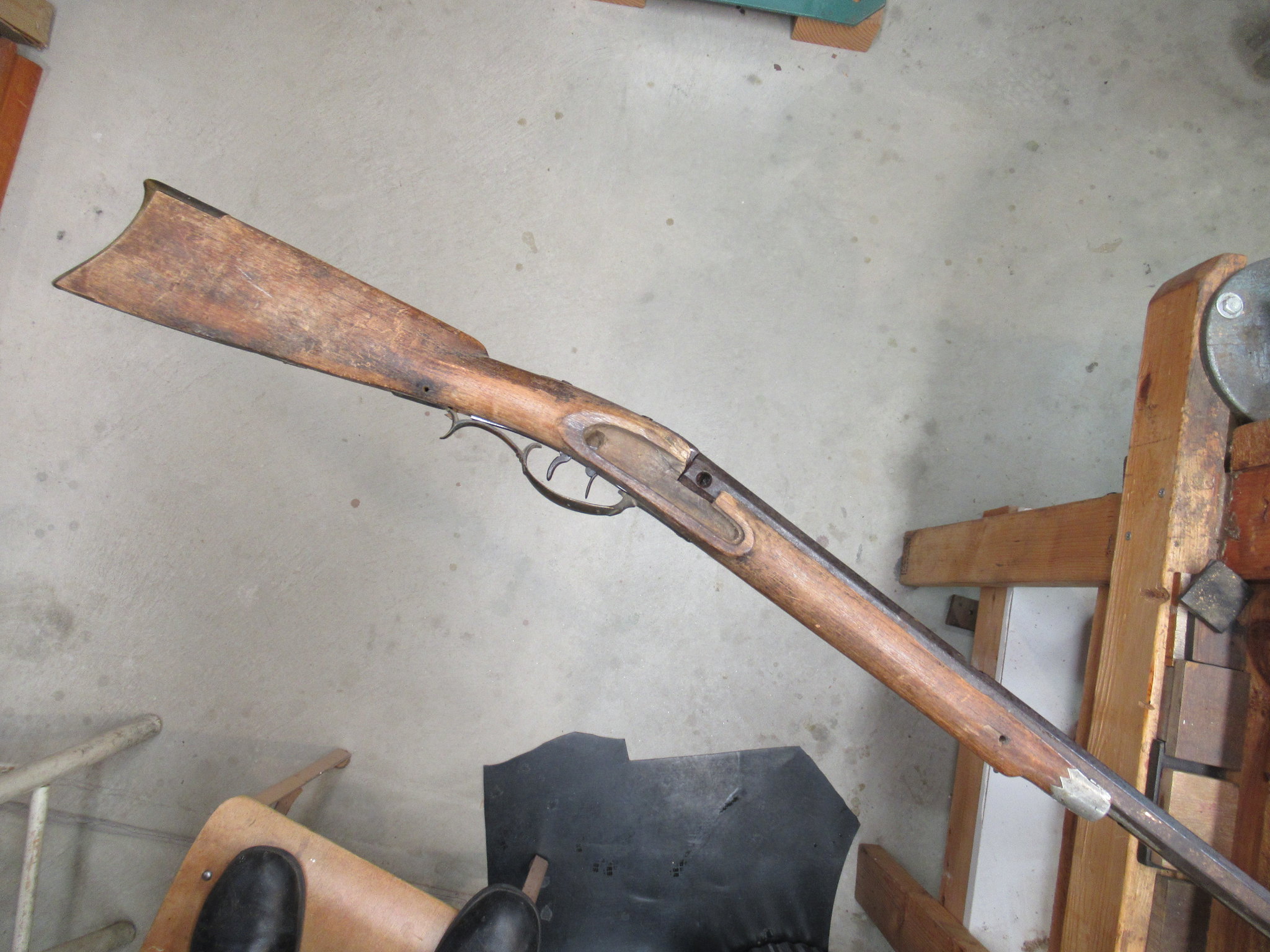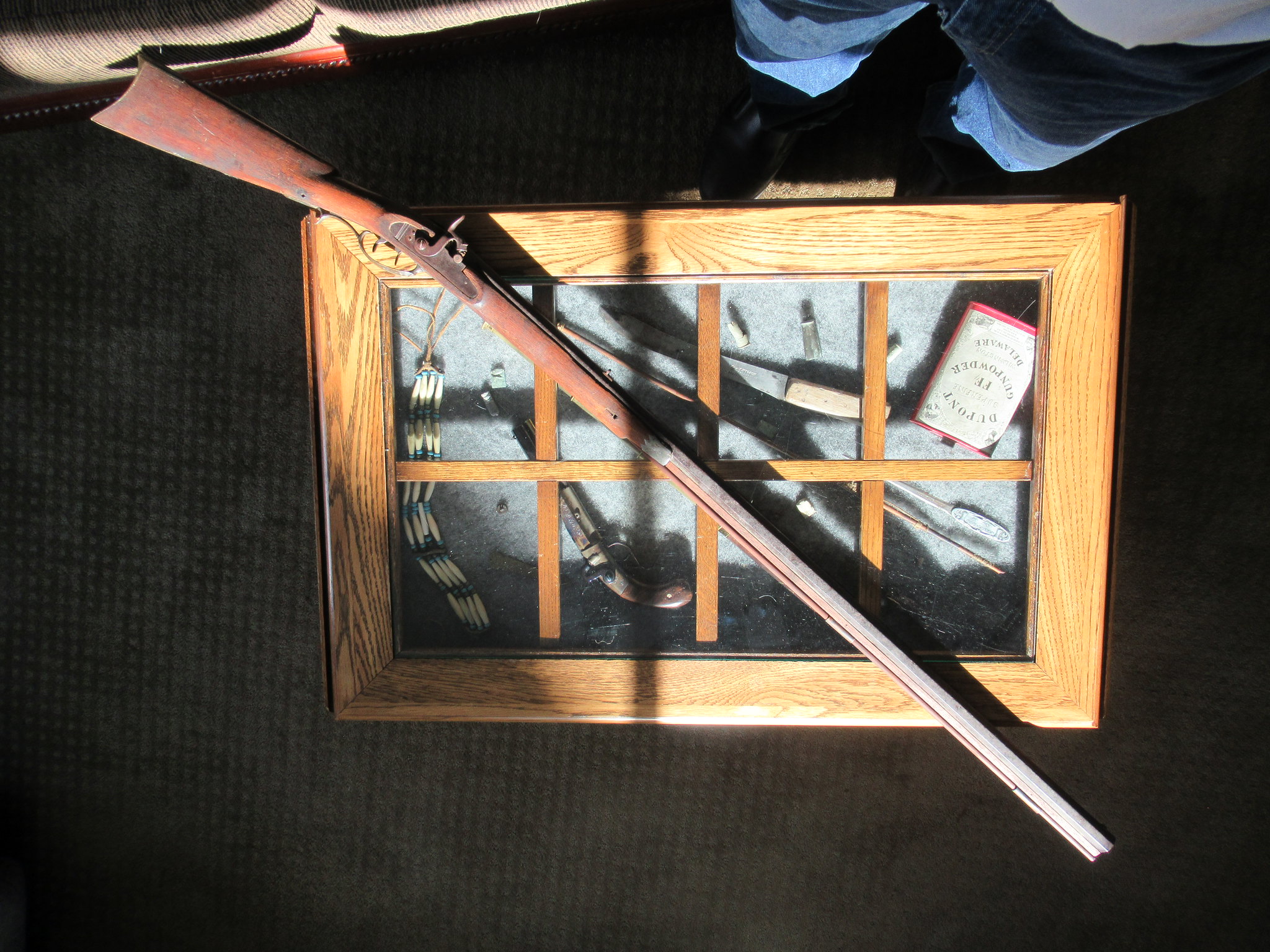Do not sand it. I would not flood with BLO or other non drying oil. It is probably oil soaked in areas already. Wood can not need to be "feed" to make it stronger. Old, dry, and brittle can not be fixed by any ordinary means.
If it is strong enough for use, I would probably wax it. It depend on how bad it is. I might gently clean with murphy's oil soap.
Renaissance Wax is used by many museum curators.
Possibly, make up some slackum, 1/3 each of bee's wax, BLO, and turpentine. I add some black depending on the goal. That can be bone black, or black iron oxide, or fireplace soot. This stuff has enough body to fill the grain.
Pictures would help.






 IMG_0713
IMG_0713 IMG_0805
IMG_0805